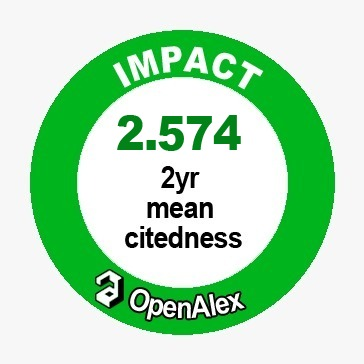Nutritional, functional and sensory evaluation of flaxseed-enriched cupcakes
Downloads
Purpose: Snacking is quite a common preference in this busy world. Increasing the availability of healthier snack alternatives might help consumers view snacks as foods that support health.
Design/Methodology/Approach: The current experimental study aimed to determine the nutritional, functional and sensory properties of home-baked cupcakes encouraged with six variants with indigenous flaxseed flour (FF) and flaxseed oil (FO) in 10, 15 and 30% of batter substitution. A one-way ANOVA, least significant difference and Pearson’s correlation were applied using IBM SPSS version 21.0.
Findings: Proximate analysis indicated an increase in ash, fiber and protein contents as compared to the standard formulation. The highest ash (1.91±0.26%), fiber (1.09±0.01%) and protein contents (3.08±0.30%) were observed in the sample FF30 (30% flaxseed flour). The cupcakes with 30% flaxseed oil had a significantly greater fat content (35.91±0.55%) and hence a total calorie value of 221.00±3.17%. Antioxidant activity and phenol content of fortified cupcakes ranged from 32.88–76.02% and 22–80 mgGAE/100 gms respectively. The sensory evaluation proved FF15 and FO30 to be the most acceptable recipes.
Conclusion: Minor recipe alterations to snacks may yield large and long-term health benefits especially promoting immunity and reducing the risk of inflammatory chronic illnesses. Flaxseed oil might be used in snacks substituting for other vegetable oils to enhance the essential fatty acid content without compromising its acceptability. New formulations could therefore be tested to develop foods fortified with higher proportions of functional and nutritious ingredients especially given the ever-increasing prevalence of chronic illnesses.





